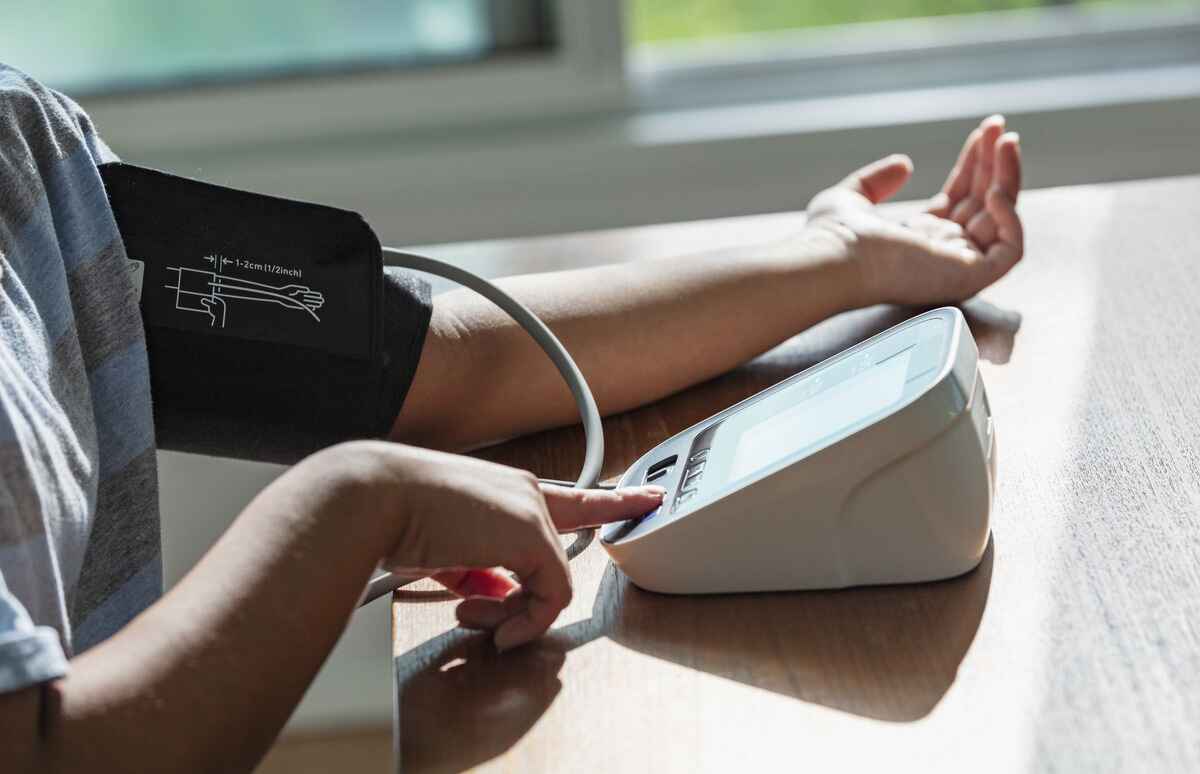
Dr. DeJesus holding sneakers.
Finding footwear that fits correctly and looks stylish can seem daunting at times. But it doesn’t have to be that way. According to Lady Paula DeJesus, DPM, a surgical podiatrist with Northeast Medical Group and Greenwich Hospital’s Center for Hyperbaric Medicine and Wound Care.
Dr. DeJesus wears high-top sneakers at work, where she spends most days on her feet, standing for hours in the operating room, as well as caring for patients at the hospital and her Holly Hill Lane office in Greenwich. “I’m constantly walking and pivoting,” said Dr. DeJesus, who offers these tips to ease the shopping experience.
SHOP LATE IN THE DAY. Purchase shoes at the end of the day when feet are their largest. Swelling increases during the course of the day as gravity pulls blood down to the feet afterhours of sitting, walking and standing.
RULE OF THUMB. To select the appropriate shoe size, use your thumb. First, determine which toe is the largest – it’s usually the great toe or the second toe. Try on the shoes, then place your thumb at the tip of the longest toe. The shoe should extend to your thumbnail length to ensure there is enough room for your toes.
ALLOW FOR WIGGLE ROOM. If you have painful hammertoes or bunions, wide shoes with expandable mesh material are preferable to allow for wiggle room. Avoid leather, which can constrain toes. Even some high-end shoes – such as Carrie Bradshaw’s favorite stilettos in Sex and the City – have wide toes with expandable material.
STRONG ARCHES. Footwear should be stiff around the arch area with a slight bend at the toes. Consider wearing high-top sneakers for added support if you have ankle problems. Avoid walking barefoot and skip the flip-flops (which are typically flat) if you have foot problems.
CHECK THE MILAGE. Avid walkers and athletes who keep track of their mileage should replace their footwear every 200 to 300 miles. Footwear that no longer offers appropriate cushioning or support can lead to stress fractures, wounds and pain.
CONSIDER HEEL CHOICES. Wearing high heels for long periods of time shortens calf muscles, which can cause heel pain when switching to flat shoes because the muscles are tight. Wearing shoes with a small heel or a wedge heel can relax calf muscles and relieve pain.
BREAK IN YOUR SHOES. Break in your shoes to avoid blisters, discomfort and pain. Wear the new shoes for one hour for the first day; add an additional hour each day for up to a week. By then, you should be able to wear the shoes full-time without any problems.
“Your feet will be happy,” said DeJesus.




